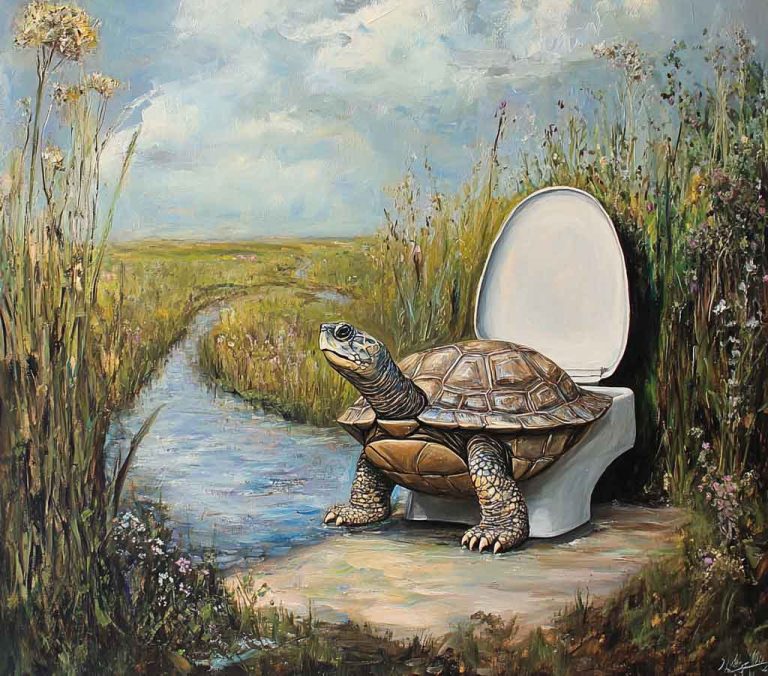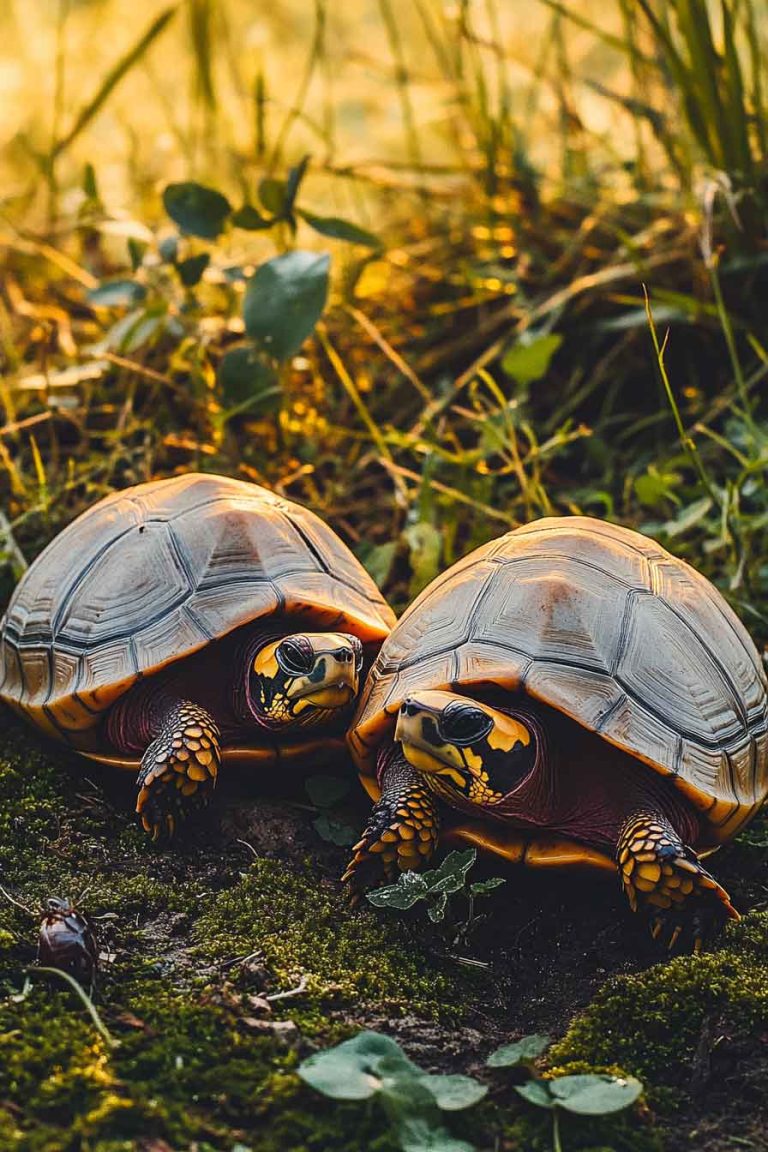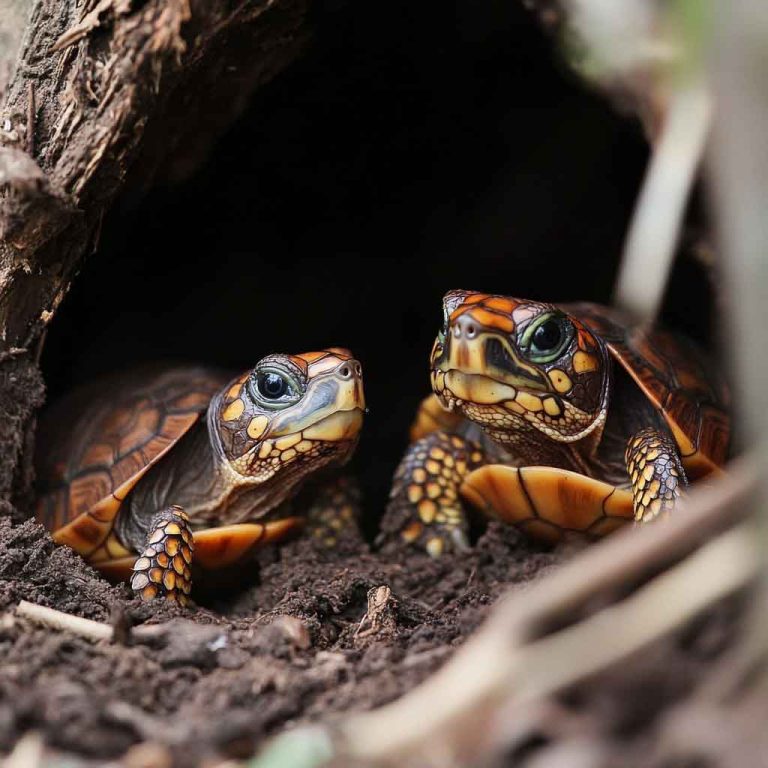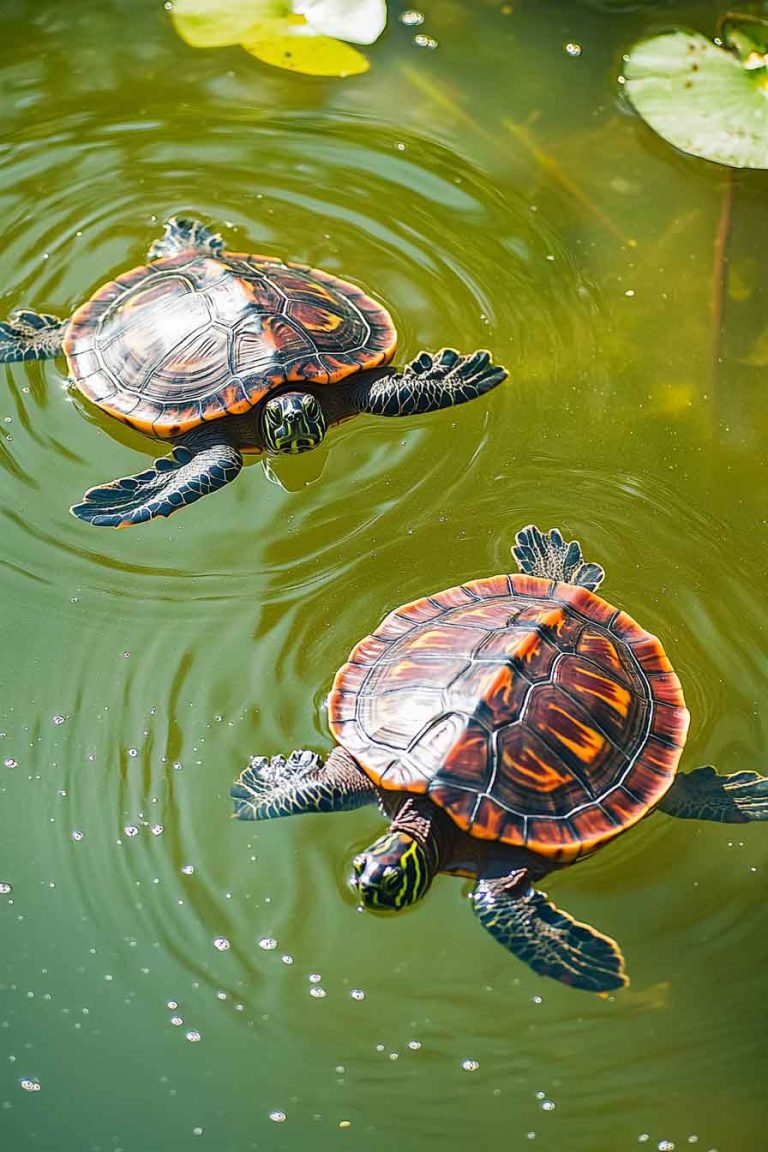Reeves Turtle Care Guide: What to Do & Avoid for a Healthy Pet
Hey there, turtle enthusiasts! If you’re thinking about bringing a Reeves turtle into your home or already have one, you’re in for a rewarding experience. These small, charming aquatic turtles are full of personality, but they do require specific care to thrive. I’ve put together this guide to share everything I’ve learned about keeping Reeves…
Hey there, turtle enthusiasts! If you’re thinking about bringing a Reeves turtle into your home or already have one, you’re in for a rewarding experience. These small, charming aquatic turtles are full of personality, but they do require specific care to thrive. I’ve put together this guide to share everything I’ve learned about keeping Reeves turtles happy and healthy. Let’s dive into what you should do, what to avoid, and how to create the perfect environment for your shelled friend.
Why Reeves Turtles Make Great Pets
Reeves turtles, also known as Chinese pond turtles, are a fantastic choice for both beginners and experienced turtle keepers. They’re relatively small, growing to about 5–9 inches, and their curious nature makes them fun to watch. I love how mine explores its tank, basks under the light, and even seems to recognize me during feeding time! But to keep them thriving, you need to understand their needs, starting with their habitat.
Setting Up the Perfect Tank for Your Reeves Turtle
The foundation of good Reeves turtle care is a well-designed tank. These turtles are semi-aquatic, meaning they need both water for swimming and a dry area for basking. Here’s what I recommend for setting up their home:
Tank Size
I always tell people to go bigger than they think they need. For one adult Reeves turtle, a 40-gallon tank is a good starting point. If you have a juvenile, you can start with a 20-gallon tank, but plan to upgrade as they grow. A larger tank gives your turtle plenty of space to swim and explore, and it helps maintain stable water quality.
Water Depth and Quality
Reeves turtles love to swim, so I keep the water depth at about 6–12 inches for adults, depending on the tank size. For younger turtles, shallower water (around 4–6 inches) works best to ensure they can easily reach the surface to breathe. Water quality is crucial—dirty water can lead to health issues like shell rot. I use a high-quality canister filter to keep the water clean and perform partial water changes (about 25%) every week. Aim for a water temperature between 75–80°F, and use a submersible heater to maintain consistency.
Basking Area
Your turtle needs a dry, warm spot to bask and regulate its body temperature. I set up a basking platform using a sturdy dock or a pile of smooth rocks that are easy for my turtle to climb onto. Above the basking area, I’ve installed a UVB light and a heat lamp to mimic natural sunlight. The basking spot should reach 85–90°F to keep your turtle comfortable. Without UVB exposure, your turtle could develop metabolic bone disease, so don’t skip this step!
Substrate and Decor
For the tank bottom, I prefer a bare-bottom setup or a thin layer of large, smooth river rocks. Small gravel can be risky since turtles might swallow it. I also add some aquatic plants (real or artificial) and driftwood to create hiding spots, which make my turtle feel secure. Just ensure any decor is stable and won’t topple over.
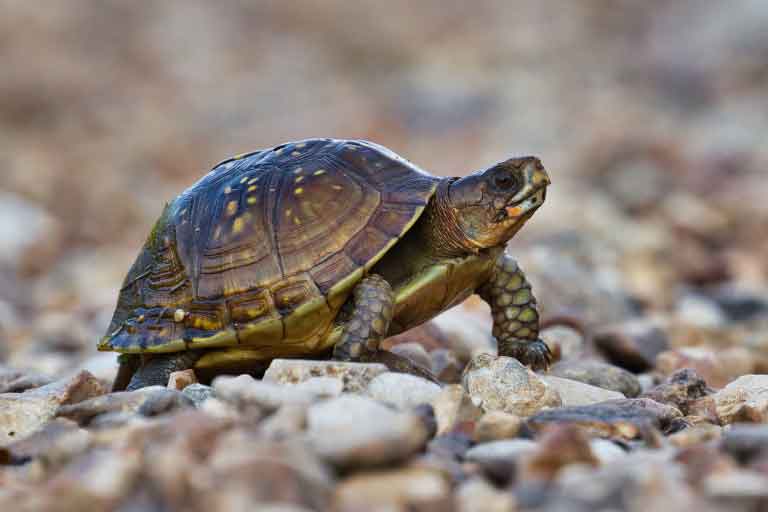
Feeding Your Reeves Turtle the Right Way
Feeding my Reeves turtle is one of my favorite parts of caring for it—it’s so fun to watch it dive for food! But getting their diet right is key to keeping them healthy. Reeves turtles are omnivores, so they need a balanced mix of animal-based and plant-based foods. Let me share what works for mine and some pitfalls to avoid.
What to Feed
I offer my turtle a variety of foods to ensure it gets all the nutrients it needs. For protein, I give commercial turtle pellets (look for high-quality brands with at least 40% protein) as a staple. I supplement these with treats like live or frozen bloodworms, shrimp, and small feeder fish. For the plant portion, I include leafy greens like romaine lettuce, kale, or dandelion greens, and occasionally some aquatic plants like duckweed. About 50% of their diet should be protein and 50% plant matter for adults, while juveniles need a bit more protein (around 60–70%).
Feeding Schedule
I feed my adult Reeves turtle every other day, offering as much as it can eat in about 15 minutes. For hatchlings and juveniles, I feed daily since they’re growing fast. Overfeeding is a common mistake, so I’m careful not to leave excess food in the tank, as it can spoil and mess up the water quality. I also feed in a separate container sometimes to keep the main tank cleaner.
Supplements
To keep my turtle’s shell and bones strong, I add a calcium supplement (like cuttlebone or calcium powder) to its food once or twice a week. A reptile multivitamin once a month helps cover any nutritional gaps. Always check with a vet for the right dosage, as too much can be harmful.
What Not to Feed
I’ve learned to avoid certain foods that can harm Reeves turtles. Never give them processed human foods like bread, cheese, or sugary snacks—these can cause digestive issues. Iceberg lettuce is another no-go; it’s low in nutrients and can lead to malnutrition. Also, steer clear of feeding too many fatty foods like beef or chicken, as these can strain their liver.
Common Health Issues and How to Prevent Them
No one wants to see their turtle feeling under the weather, so I keep a close eye on mine to catch any issues early. Reeves turtles are hardy, but they can face health problems if their care isn’t spot-on. Here are the most common issues I watch for and how I prevent them.
Shell Rot
Shell rot is a bacterial or fungal infection that causes soft or discolored patches on the shell. It’s usually caused by poor water quality or injuries. I prevent it by keeping the tank clean, maintaining proper water parameters, and checking my turtle’s shell regularly. If I spot anything unusual, I consult a vet right away for treatment, which might include topical medication.
Respiratory Infections
If my turtle is swimming lopsided, wheezing, or staying out of the water more than usual, I worry about a respiratory infection. These often stem from cold water or drafts. I keep the water at 75–80°F and the basking area at 85–90°F to avoid this. A stable environment is your best defense, but if symptoms appear, a vet visit is a must.
Vitamin A Deficiency
A lack of vitamin A can cause swollen eyes, lethargy, or appetite loss. I ensure my turtle’s diet includes vitamin-rich foods like carrots or kale and use a multivitamin supplement as needed. If you notice these symptoms, don’t wait—get professional advice.
Preventing Stress
Stress can weaken your turtle’s immune system, making it prone to illness. I reduce stress by providing hiding spots, avoiding sudden changes to the tank, and handling my turtle as little as possible. When I do need to handle it, I’m gentle and support its body fully.
What Not to Do When Caring for Your Reeves Turtle
I’ve made my share of mistakes as a turtle owner, and I want to help you avoid them. Here are the big no-nos when it comes to Reeves turtle care, so you can keep your pet safe and happy.
Don’t Ignore Water Quality
I can’t stress this enough: dirty water is a recipe for disaster. Skipping water changes or using a weak filter can lead to bacterial buildup, which causes shell rot or skin infections. I learned this the hard way early on when my turtle’s shell started looking dull. Stick to a regular cleaning schedule and invest in a good filter to keep the water crystal clear.
Don’t Skip the UVB Light
It’s tempting to think a regular bulb will do, but Reeves turtles need UVB light to produce vitamin D3 and absorb calcium. Without it, they’re at risk for metabolic bone disease, which can deform their shell or bones. I made sure to get a high-quality UVB bulb and replace it every 6–12 months, even if it’s still glowing, as the UVB output fades over time.
Don’t Overhandle Your Turtle
I get it—Reeves turtles are adorable, and you want to interact with them! But too much handling stresses them out. I only pick mine up when necessary, like for tank cleaning or health checks, and I always hold it gently over a soft surface in case it wiggles. Let your turtle enjoy its tank, and you’ll see its personality shine through naturally.
Don’t House Multiple Turtles Without Planning
If you’re thinking of getting more than one Reeves turtle, be cautious. They can be territorial, especially in a cramped tank. I once tried keeping two in a tank that was too small, and one started bullying the other. If you want multiple turtles, ensure the tank is large enough (add 10 gallons per inch of shell for each additional turtle) and watch for signs of aggression, like biting or chasing.
FAQs
1. How long do Reeves turtles live?
With proper care, Reeves turtles can live 20–30 years or more! I’m committed to giving mine a long, healthy life by maintaining a stable environment and a balanced diet.
2. Can Reeves turtles live with fish?
Sometimes, but it’s tricky. Reeves turtles may eat smaller fish, so I only keep larger, fast-moving fish like guppies in the tank as occasional tankmates. Always monitor to ensure no one’s getting hurt.
3. How often should I clean my turtle’s tank?
I do a 25% water change weekly and a full tank clean (including scrubbing decor and checking the filter) every 4–6 weeks. This keeps the water quality high and my turtle healthy.
4. Do Reeves turtles need to hibernate?
No, captive Reeves turtles don’t need to hibernate if you keep their tank at stable temperatures year-round. I maintain consistent lighting and heating to prevent brumation, as it can be risky for pet turtles.
Final Word
Caring for a Reeves turtle is a wonderful journey, and I’m so glad to share what I’ve learned with you. By setting up a proper tank, feeding a balanced diet, and avoiding common mistakes, you’ll give your turtle the best shot at a long, healthy life. Remember to keep their water clean, provide UVB light, and give them plenty of space to swim and bask. Most importantly, enjoy watching your turtle’s unique personality come to life—it’s one of the best parts of being a turtle owner!
If you have any questions or want to share your own Reeves turtle stories, drop them in the comments below. Let’s keep the turtle love going!

